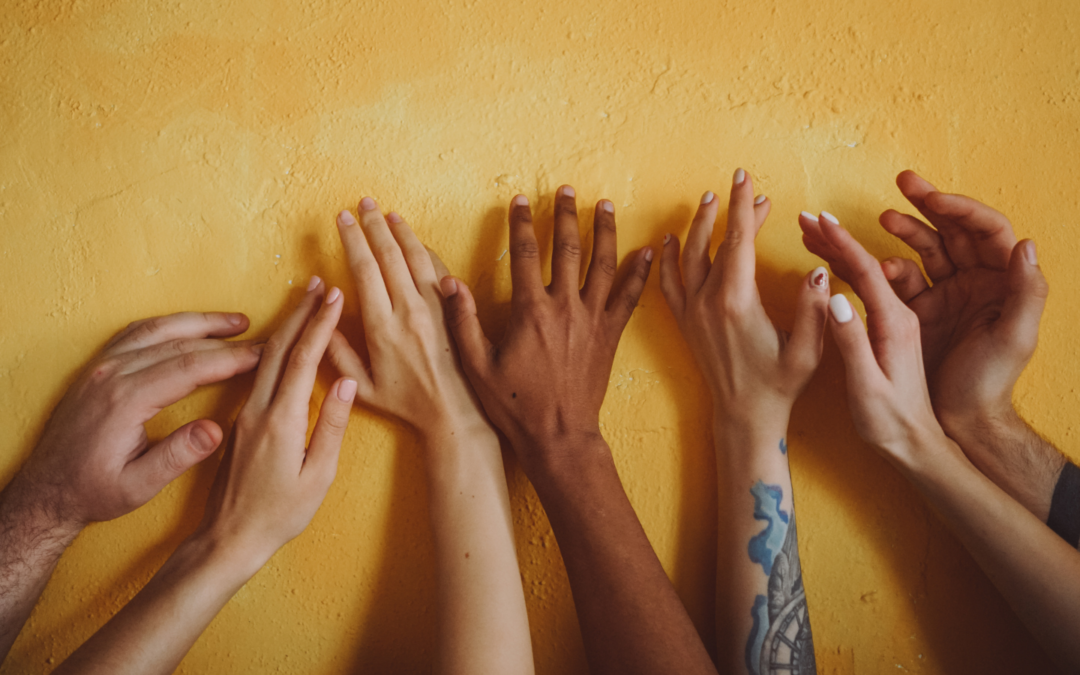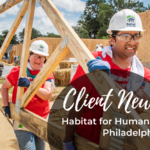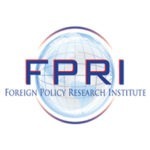The U.S. nonprofit and philanthropic sectors are currently undergoing an important and necessary reframing of their structures and systems based on the principles of inclusion, equity, diversity, and access. Funders and nonprofits alike are examining how they uphold white supremacy culture[1], acknowledging the racism and structural inequities that are foundational to the history of the philanthropic sector, and taking concrete steps to change how they do business. (This 2020 post written by Senior Consultant Rebecca Schultz provides more background on this conversation).
These shifts are top-of-mind for nonprofits whose missions explicitly focus on social justice. One of these nonprofits is AccessMatters, a Philadelphia-based organization whose mission is to protect, expand, and enhance equitable access to sexual and reproductive health care and information for all people. AccessMatters engaged Schultz & Williams in 2019 to help them expand their fundraising, with a focus on individual donors. In 2020, the COVID-19 pandemic and national reckoning with racism and police brutality led to a discussion about integrating the anti-racist, equity-focused, and trauma-informed principles AccessMatters has been using as a frame for the rest of its work into its development program.
In January 2021, Schultz & Williams consultants Rebecca Schultz and Karly Forman began work on a resource development plan closely aligned with AccessMatters’ core principles. Some of the questions guiding this work included:
- What is AccessMatters’ messaging to donors? How should we (re)frame the ask to align with the organization’s social justice and equity values?
- What do donors receive in exchange for their support? How can donor recognition be restructured to flatten traditionally hierarchical structures?
- How are donors engaged in the work of the organization? Do they have opportunities to offer feedback and in what formats?
- How are different kinds of contributions celebrated (money, time, resources)?
- What metrics will be used to measure success?
Rebecca and Karly began by researching a number of social justice organizations that were also re-examining their fundraising and spoke to development staff at four of these organizations, including Breast Cancer Action, the Maternity Care Coalition, the Pennsylvania Coalition Against Domestic Violence, the Bread & Roses Fund. They also attended trainings and webinars focusing on equity in fundraising and gathered resources for future reference. (see here for a full list of recommended resources on this topic).
The takeaways from this phase of work provide two key insights for all organizations grappling with this topic:
- Focus on relationships, not monetary transactions: While standard development practice has always emphasized the importance of donor relationships (e.g., the go-to advice: “people give to people”), in an equity-focused approach to philanthropy, staff honor all types of support equally, including time, expertise, and resources at any level. Additionally, in order to promote active engagement, there should be structures for supporters of all types to engage with the organization, learn more about the impact of their support, and be offered opportunities to provide feedback, as appropriate. At the same time, while it is important that supporters are viewed as thought-partners, their wishes and interests should not overpower strategic decisions of the organization. The right supporters for your organization should have trust in your work.
- This work requires buy-in from all stakeholders: Re-thinking a fundraising program takes time and investment; the process requires full commitment across the organization and must be integrated into the core mission. This also relates to aligning fundraising communications with all other messaging from the organization. Consider each call to action as a call for potential supporters to get involved in the organization, whether it’s by making a financial contribution, sharing a personal experience related to the organization’s mission on social media, taking part in an advocacy campaign, or volunteering.
After internal engagement with AccessMatters staff and Board of Directors, S&W delivered a detailed plan to redesign individual giving at the organization. Some key recommendations included in the plan:
- Reframing language: describing the work as resource development, which encompasses a broader range of contributions, and describing contributors to the organization as supporters, rather than donors;
- Making an effort to hire and—more importantly—retain diverse fundraising staff. Development departments in many organizations, even those that work with BIPOC communities, are overwhelmingly white. However, there are a growing number of organizations, such as Women of Color in Fundraising and Philanthropy and the African American Development Officers Network, that have job boards and resources;
- Consider ways to rethink supporter engagement and recognition, gift acceptance policies, and development metrics that reflect a truly equitable approach, which honors the contributions of supporters of all kinds, at all levels;
- Explore collective giving mechanisms, such as giving circles, that could be implemented by either the Board or regular organizational supporters.
Each of these recommendations offer ways to rethink the “business as usual” that has guided fundraising practice and have the potential for significant impact.
Throughout the process of developing this plan, it became evident that, with intent, humility, and a spirit of learning, other organizations can follow this path. The important thing to remember is that we are all trying to figure this out! Dismantling white supremacy in the nonprofit and philanthropic sectors will take time and lots of trial and error. It is ongoing work.
Some tangible initial steps that organizations can take include:
- Consider if your organizational culture defaults to whiteness? Some great resources to help begin that assessment include Tema Okun’s (divorcing) White Supremacy Culture, which offers an illuminating description of how whiteness was constructed and what attributes of this construction have become so embedded into business practices that white people don’t realize they are the unspoken norm, and Community Centric Fundraising’s Aligned Actions, which offers a concrete framework for developing an equity-focused fundraising program.
- When you have taken steps to create an organizational culture that is welcoming to diverse staff, you can then take meaningful steps towards increasing the racial diversity of your development team. At one conference, a presenter said, “if you’re not finding qualified fundraising staff of color you’re not looking in the right place.” But this process doesn’t end when you hire someone–you must work to ensure that they feel supported in their work.
- Think about the messages you send to donors/supporters–the “donor as hero” framework that has been popular for years runs the risk of deferring to wealthy constituents and encouraging white saviorism (Vu Le discusses the various aspects of this in his Nonprofit AF blog). Is there a way to communicate with your supporters that establishes more of a two-way relationship with your work and honors their contributions while asking them to trust you to carry out your mission-aligned work?
- Ask if your fundraising communications, which often share stories of impact to make the case, run the risk of exploiting or othering[2] the communities your organization serves?
- Ask how you can, in supporter communications and recognition, shift from a hierarchical to a more equitable model? What kinds of giving do you emphasize?
As long-standing structural inequities and biases in philanthropy and the nonprofit sector are acknowledged and challenged, new ways of thinking about the relationship between organizations seeking justice and equity and their supporters are leading to critical changes in philosophy and approach. This is difficult work, but the opportunity is boundless. In the words of Martin Luther King Jr., “No one is free until we are all free.”
[1] For an explanation of why this term is important to use, see this article by Robin DiAngelo, author of White Fragility: Why It’s So Hard For White People To Talk About Racism.
[2] Othering is defined by the process of defining and labeling a community as not fitting in within the norms of what is considered an “in-group” (e.g. White, male, heterosexual).




